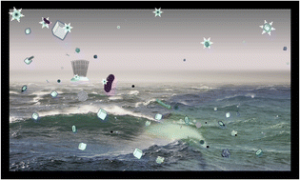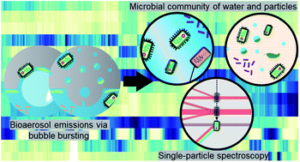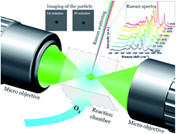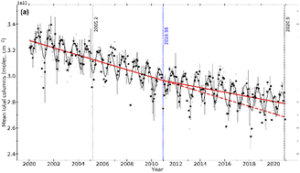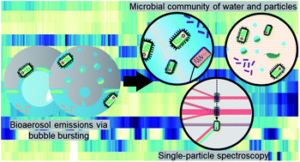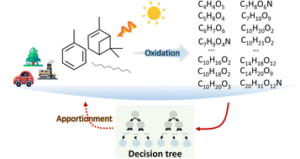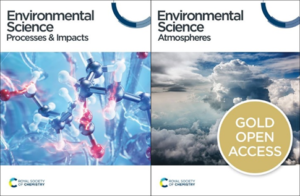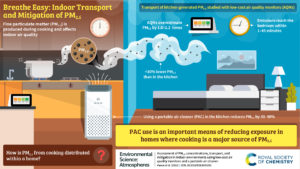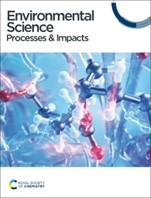Consider our collection for your next atmospheric science publication!
We invite you to contribute to our collection highlighting air quality in emerging economies. Understanding the sources and composition of air pollutants in these regions is essential for implementing effective pollution control measures and mitigating the adverse impacts on human health and the environment. Addressing air quality issues in emerging economic regions is important for sustainable development, as poor air quality can impede economic growth and hinder progress towards achieving global environmental goals. For more information on the collection, which closes for submissions on 15th December 2024, see our open call for papers.
When you publish with Environmental Science: Atmospheres you can:
- Put your trust in both our rigorous peer review process and fast times to publication – our average time to decision for peer-reviewed manuscripts is just 38 days.
- Expect your work to be promoted through our journal social media (@EnvSciRSC and LinkedIn)
- Be confident of a global audience for your work. This means that dissemination of this work will likely go beyond chemists and reach a broader audience.
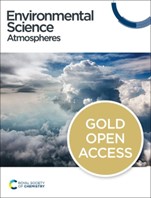
Environmental Science: Atmospheres publishes high quality research in fundamental and applied atmospheric chemistry. The journal scope spans the entirety of Earth’s atmosphere, and studies addressing the interactions of indoor air pollutants with outdoor air, or considering human health effects, are encouraged. We offer authors the option to publish the peer review history alongside their article.
Article publication online and in issues will occur without delay to ensure the timely dissemination of the work. The articles will then be assembled on the RSC Publishing platform and promoted as a web-based thematic collection, to permit readers to consult and download individual contributions from the entire series.
As a gold open access journal, Environmental Science: Atmospheres levies an article-processing charge (APC) upon acceptance. However, we do not want this to be a barrier to participation, and we would support waiver and discount applications from authors based in emerging economies.
If you’re interested, we invite you to submit your research today, quoting ‘EAAQEmEc24’ in the ‘Comments to the Editor’ when submitting your manuscript.


